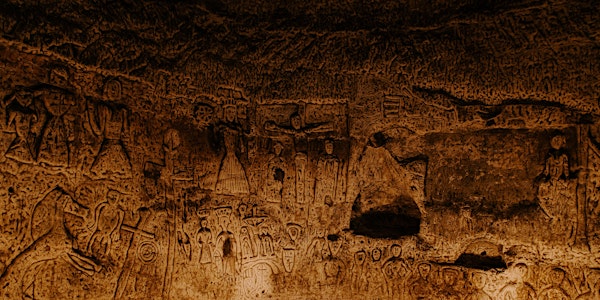
2024 Tours of Royston Cave
Explore this unique heritage site with a guided tour. Delve deep beneath the streets of Royston and unearth the cave’s mysterious past.
Select date and time
Location
Royston Cave
Melbourn Street Royston SG8 7BZ United KingdomRefund Policy
About this event
Tour Information
- Tours last approx. 30 minutes.
- Tickets are only available to book online.
- Please arrive on time. Late arrivals cannot be gauranteed entry.
- Children must be accompanied by an adult.
- Students require valid I.D.
- The cave may be closed without warning.
- We reserve the right to refuse admission.
- Filming, recording and commercial photography is strictly prohibited.
For more information, visit roystoncave.co.uk/visit or email info@roystoncave.co.uk
Access
The cave can be slippery and uneven underfoot. Access includes 21 steps and an incline to be ascended and descended. Visitors are advised to take care, use the handrail provided and wear appropriate, sturdy footwear.
There is no wheelchair or pushchair access.
No pets allowed except for registered assistance dogs.
For full access information and resources, visit roystoncave.co.uk/visit.
About Royston Cave
Discovered by accident in 1742, Royston Cave is man-made, bell-shaped and cut 8 metres into the chalk that lies beneath Royston’s ancient crossroad, Ermine Street and Icknield Way.
The cave is decorated with low-relief wall carvings. The carvings are mostly Christian is depiction and medieval in style. They include representations of the Crucifixion and notable saints such as St Catherine and St Christopher. Elsewhere are figures of a horse and an Earth Goddess, believed to be Pagan fertility symbols. In addition to the carvings, the contents of the cave included a human skull, an unmarked piece of brass and fragments of a drinking vessel.
Royston Cave remains an enigma. No records of its age or purpose exist. Some theories suggest it was used by the Knights Templar, others by King James I, while some believe it was a private chapel or hermitage. The cave also attracts Pagan and Earth energy visitors who claim it to be the site where two ancient Ley lines meet. They believe that Royston Cave has been a sacred site for thousands of years.